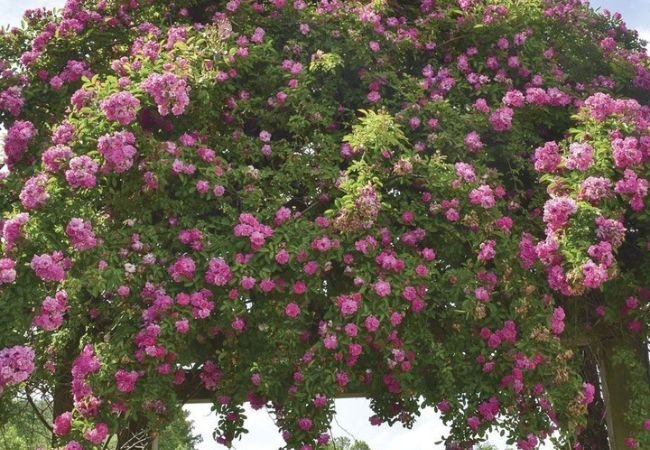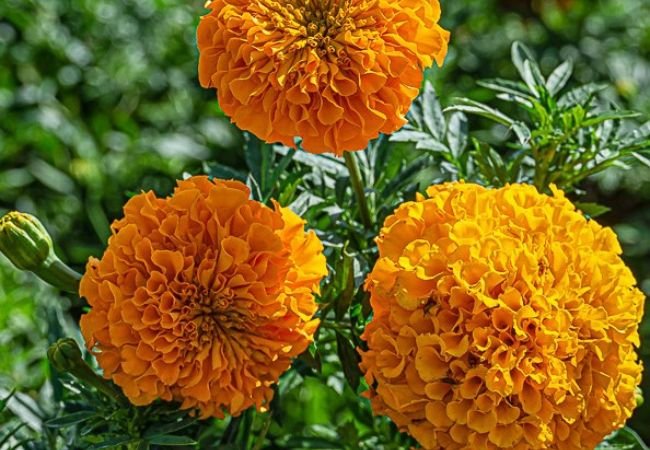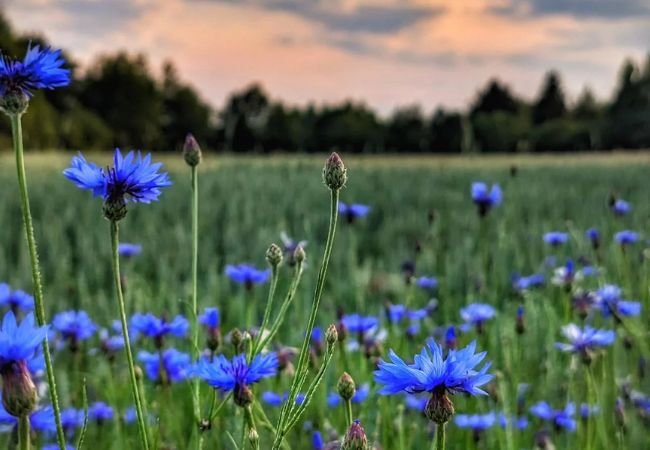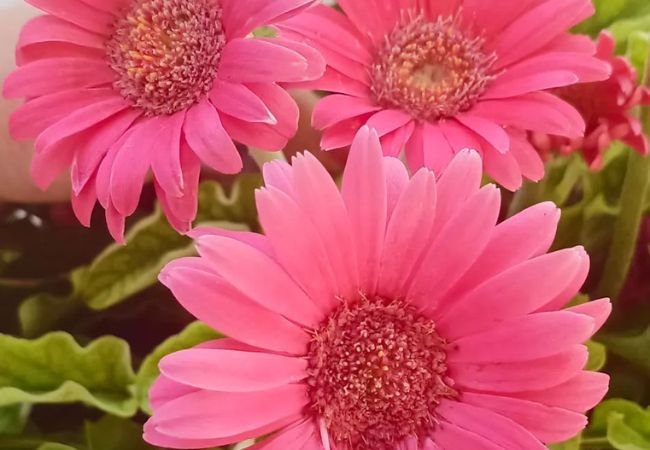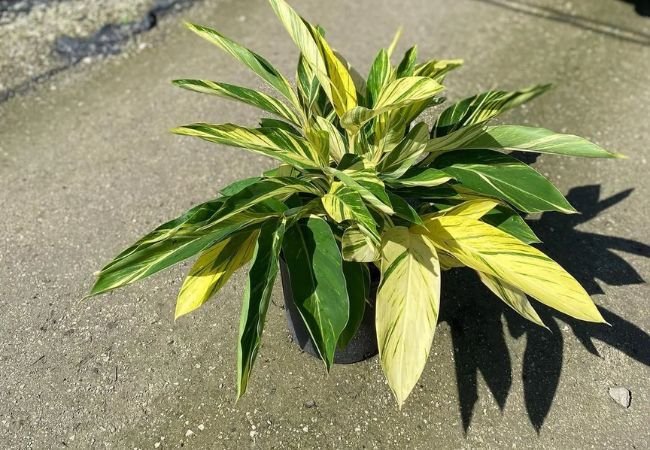Gaura: Your Guide to a Vibrant and Elegant Garden
Get the ultimate guide to growing Gaura. Discover planting tips, care instructions and how to maximize its ornamental value.
Are you looking to add a touch of whimsy and grace to your garden? Look no further than Gaura, also known as wandflower or bee blossom. This charming perennial, with its delicate flowers dancing on slender stems, can transform any landscape into a magical, butterfly-filled paradise. In this comprehensive guide, we’ll explore everything you need to know about growing and caring for Gaura, from planting to pruning and beyond. Get ready to elevate your garden with this captivating and easy-to-grow plant!
Here’s a chart with information about Gaura (Gaura spp.):
| Category | Information |
|---|---|
| Botanical Name | Gaura spp. |
| Common Name | Gaura, wandflower, bee blossom |
| Plant Type | Herbaceous perennial |
| Hardiness Zone | USDA Zones 5-9 |
| Sun Exposure | Full sun to partial shade |
| Soil Type | Well-draining, sandy or loamy soil |
| Watering | Moderate |
| Growth Habit | Upright, clumping |
| Height/Spread | 1-4 feet tall, 1-3 feet wide |
| Special Features | Delicate, wand-like stems with small, white or pink flowers, blooms from late spring to fall, attracts butterflies and bees, drought tolerant |
What is Gaura?
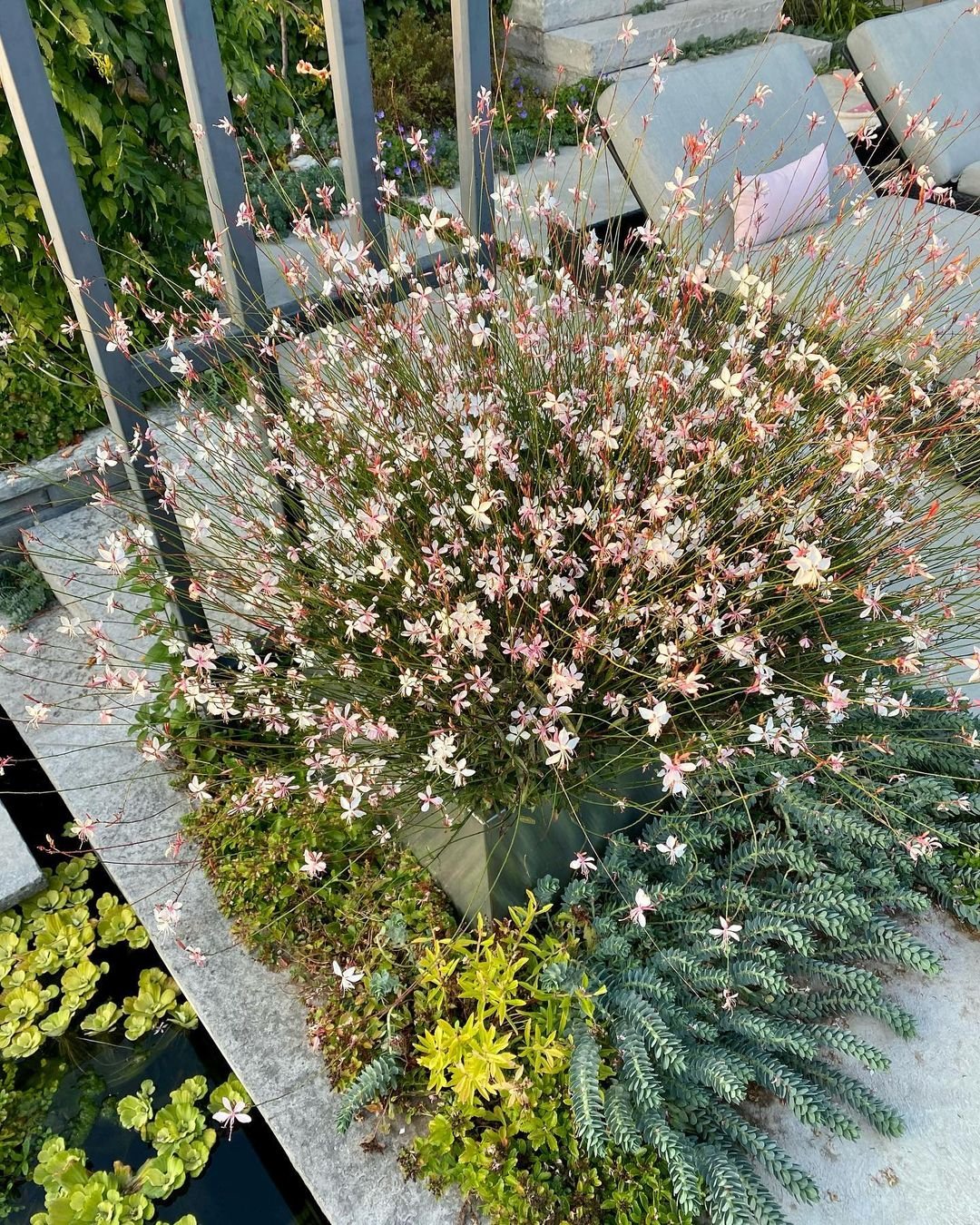
Before we dive into care tips, let’s get acquainted with this enchanting plant. Gaura (Gaura lindheimeri), also known as wandflower or bee blossom, is a native North American perennial that belongs to the evening primrose family. It’s prized for its long-blooming period and graceful, wand-like stems adorned with delicate flowers that seem to float above the foliage.
This delightful plant gets its name from the Greek word “gauros,” meaning superb, which perfectly describes its elegant appearance. Since its discovery, it has become a favorite among gardeners for its low maintenance requirements, drought tolerance and ability to attract pollinators.
Key Features of Gaura:
- Height: Typically grows 2-4 feet tall, with some varieties reaching up to 5 feet
- Spread: Can spread 2-3 feet wide
- Bloom time: Late spring to fall, with some varieties blooming continuously
- Flower color: White, pink or red, depending on the variety
- Foliage: Lance-shaped, dark green leaves that may have a reddish tinge
- Attracts pollinators: Butterflies, bees and other beneficial insects love the nectar-rich blooms
Now that we’re familiar with this beautiful plant, let’s explore how to make it thrive in your garden.
Planting Gaura
Proper planting is crucial for the long-term health and success of your Gaura. Follow these steps to give your plant the best start:
- Choose the right location: Gaura prefers full sun, but can tolerate partial shade in hotter climates. Ensure the area receives at least 6 hours of direct sunlight daily.
- Prepare the soil: This plant adapts to various soil types but thrives in well-draining soil. Aim for a slightly acidic to neutral pH (6.0-7.0). If needed, amend your soil with organic matter to improve drainage and fertility.
- Dig the hole: Make it twice as wide as the root ball and just as deep. This encourages roots to spread outward.
- Plant at the right depth: The top of the root ball should be level with the soil surface.
- Backfill and water: Gently fill in around the roots with soil, tamping down to remove air pockets. Water thoroughly after planting.
- Mulch: Apply a 2-3 inch layer of organic mulch around the base, keeping it away from the stem to prevent rot.
Caring for Your Gaura
Once your Gaura is in the ground, it’s time to nurture it to its full potential. Here are essential care tips to ensure your plant thrives:
Watering
Gaura is known for its drought tolerance, but regular watering during the first growing season is crucial for establishing a strong root system. Follow these watering guidelines:
- Water deeply and regularly during the first growing season.
- Once established, provide about 1 inch of water per week during dry spells.
- Use a soaker hose or drip irrigation for efficient watering.
- Avoid overhead watering to prevent fungal diseases.
Fertilizing
Gaura isn’t a heavy feeder, and over-fertilizing can lead to excessive foliage growth at the expense of flowers. Follow these fertilizing tips:
- Apply a balanced, slow-release fertilizer in early spring as new growth emerges.
- Use a fertilizer with an NPK ratio of 5-10-5 or similar.
- Avoid high-nitrogen fertilizers, which can reduce flowering.
Pruning
Pruning is essential for maintaining the shape and health of your Gaura:
- Cut back stems to about 4-6 inches above ground level in late winter or early spring before new growth begins.
- Pinch back stem tips in late spring to encourage bushier growth and more flowers.
- Deadhead spent blooms throughout the growing season to encourage more flowers and prevent self-seeding.
Pest and Disease Management
Gaura is generally resistant to pests and diseases, but it’s always good to be vigilant:
- Watch for common pests like aphids or spider mites.
- If pests appear, try hosing them off with a strong stream of water or using insecticidal soap.
- Prevent fungal diseases by ensuring good air circulation and avoiding overhead watering.
Landscaping with Gaura
Now that you know how to care for your Gaura, let’s explore some creative ways to incorporate it into your landscape:
- Cottage gardens: The airy, informal nature of Gaura makes it perfect for cottage-style gardens.
- Butterfly gardens: The nectar-rich flowers are irresistible to butterflies and other pollinators.
- Mixed borders: Use Gaura as a mid-height plant in mixed perennial borders.
- Rock gardens: Gaura’s drought tolerance makes it an excellent choice for rock gardens.
- Container gardening: Grow in large containers for patios or balconies.
- Mass plantings: Create a stunning display by planting Gaura in large drifts.
- Wildflower meadows: Incorporate Gaura into naturalistic plantings for a meadow-like effect.
Companion Plants for Gaura
To create a harmonious and visually appealing landscape, consider pairing your Gaura with these complementary plants:
- Lavender (Lavandula spp.): This fragrant herb complements Gaura’s airy texture and drought tolerance.
- Coneflower (Echinacea purpurea): These sturdy perennials provide a nice contrast to Gaura’s delicate flowers.
- Russian Sage (Perovskia atriplicifolia): This silver-leaved plant pairs beautifully with Gaura’s pink or white blooms.
- Ornamental Grasses: Plants like Fountain Grass or Blue Fescue add texture and movement to complement Gaura’s airy nature.
- Salvia (Salvia spp.): These drought-tolerant perennials share similar growing conditions with Gaura and attract pollinators.
Seasonal Interest of Gaura
One of the many charms of Gaura is its long-lasting appeal throughout the growing season:
- Spring: New growth emerges, with fresh green foliage.
- Summer: Abundant flowers bloom, creating a cloud-like effect in the garden.
- Fall: Flowering continues, often with increased intensity as temperatures cool.
- Winter: While the plant dies back to the ground, it can provide winter interest through its seed heads if left standing.
Propagating Gaura
If you’ve fallen in love with your Gaura and want more, good news – it’s relatively easy to propagate! Here are two methods:
- Division:
- In early spring, dig up the entire plant.
- Gently separate the root ball into smaller sections, each with several shoots.
- Replant the divisions immediately and water well.
- Stem Cuttings:
- In early summer, take 4-6 inch cuttings from non-flowering stems.
- Remove lower leaves and dip the cut end in rooting hormone.
- Plant in a well-draining potting mix and keep moist.
- Roots should develop in 3-4 weeks.
Gaura in Different Climates
Gaura is native to Texas and Louisiana but can adapt to various climates:
- Cold climates (USDA zones 5-6): Provide winter protection with a layer of mulch. Some varieties may be short-lived in colder regions.
- Temperate climates (USDA zones 7-8): Ideal conditions for Gaura. It will thrive with minimal care.
- Warm climates (USDA zones 9-10): Gaura can be evergreen in mild winters. Provide afternoon shade in very hot climates.
Troubleshooting Common Issues
Even with the best care, you might encounter some challenges with your Gaura. Here are some common issues and how to address them:
- Leggy growth: This often results from insufficient light or over-fertilization. Prune back leggy stems and reduce fertilizer use.
- Powdery mildew: Improve air circulation and avoid overhead watering. If necessary, treat with a fungicide.
- Root rot: Ensure soil is well-draining and avoid overwatering. If necessary, amend soil with organic matter to improve drainage.
- Pest infestation: While rare, pests like aphids or spider mites can occur. Treat with insecticidal soap or neem oil.
Environmental Benefits of Gaura
Beyond its ornamental value, Gaura offers several environmental benefits:
- Supports pollinators: Provides nectar for butterflies, bees and other beneficial insects.
- Drought-tolerant: Once established, it requires minimal watering, making it a good choice for water-wise gardens.
- Low maintenance: Requires minimal fertilizer and pest control, reducing chemical inputs in the garden.
- Native plant: As a native species, it supports local ecosystems and wildlife.
Gaura in Cut Flower Arrangements
While primarily grown as a garden plant, Gaura can also be used in floral arrangements:
- Cut stems in the morning when flowers are fully open.
- Place immediately in water and remove any foliage that will be below the water line.
- Use in mixed bouquets for a light, airy effect.
- Note that the vase life is relatively short, typically 3-5 days.
Gaura is a versatile, low-maintenance perennial that can add a touch of elegance and whimsy to any garden. With its delicate, dancing flowers, drought tolerance and long blooming period, it’s an excellent choice for gardeners of all skill levels. By following these planting tips, care instructions and creative landscaping ideas, you’ll be well on your way to creating a vibrant and elegant garden that you can enjoy from late spring through fall.
Remember, the key to success with Gaura lies in providing the right growing conditions, consistent care and a little bit of creativity in your landscape design. So go ahead, give this charming native plant a try and watch as it transforms your outdoor space into a magical, butterfly-filled paradise that you and local pollinators will love!

